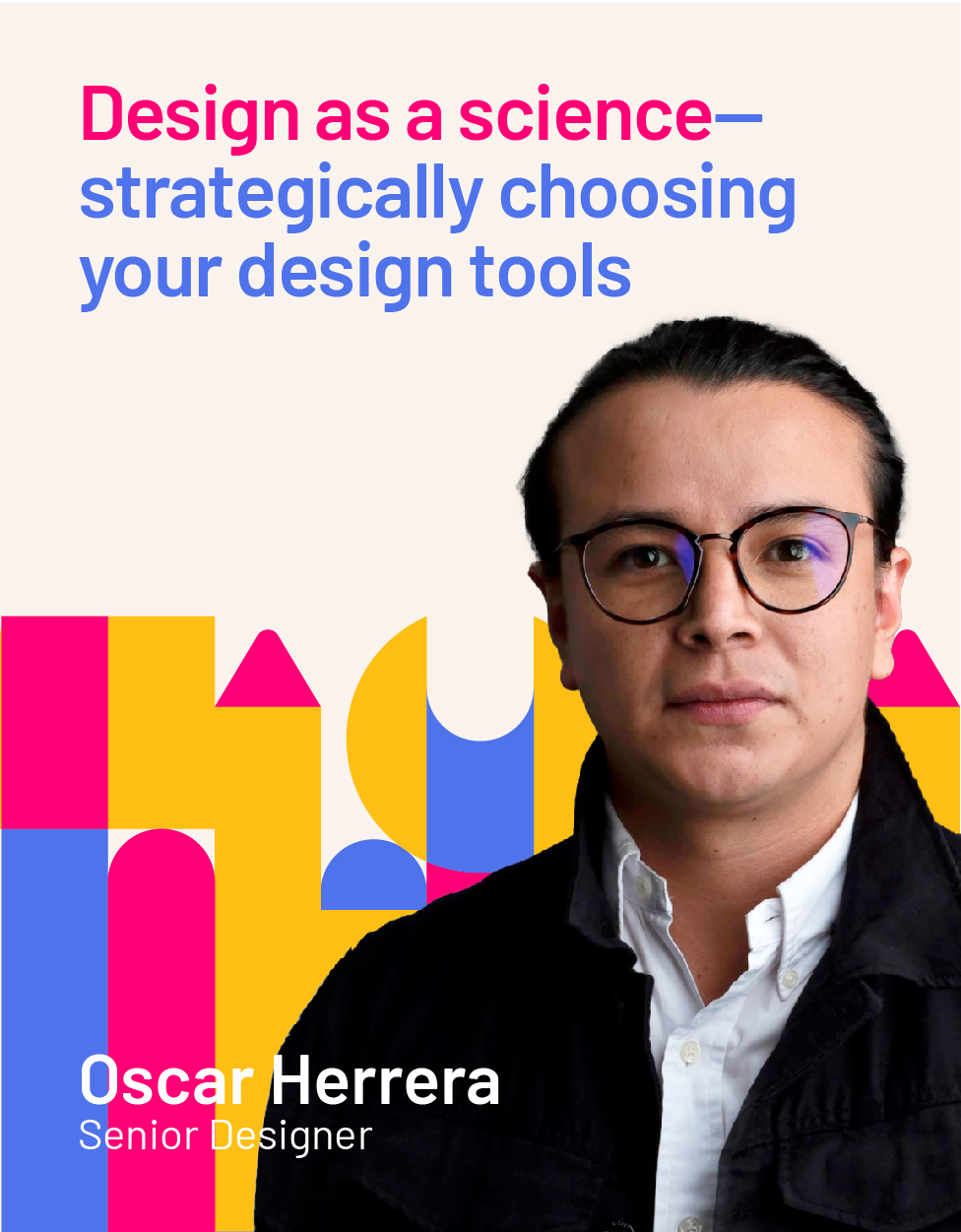Making bolder design decisions with less risk
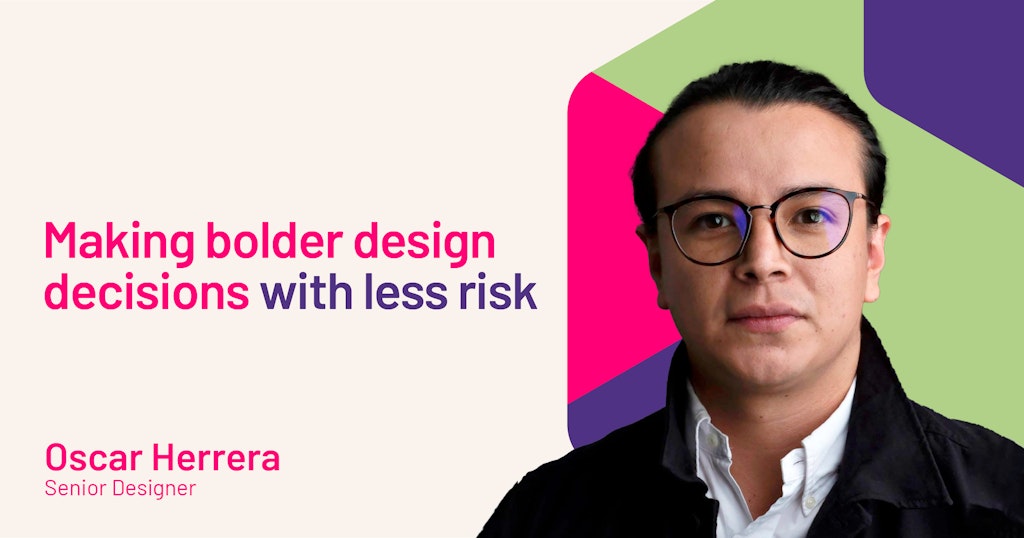
Campaigns that make the most substantial impact often depend on bold design and creative decisions. In fact, the activations and engagements people tend to remember most are those that differentiate from the broader marketing landscape. But brands often associate making those bold decisions with taking on considerable risk—the more “all-in” a brand goes on something that stands out or goes against the grain, the greater the consequences if it doesn’t resonate with target audiences.
Given the significant resources brands invest in their campaigns, the hesitancy to make bold decisions is understandable. Still, it prevents the brand from making the biggest impact on customer relationships.
So, how can your brand make bolder design and creative decisions while minimizing risk?
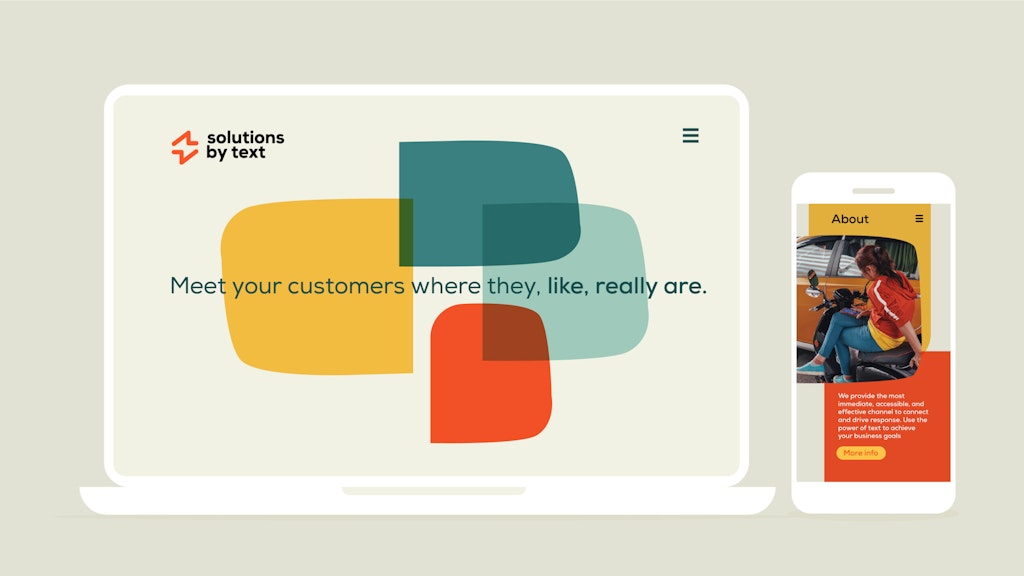
Trusting the strategy and design process
The fear and uncertainty stakeholders face regarding bold design decisions has less to do with audience reception and more with the brand’s confidence in its own research, strategy and design systems.
This is because people generally develop greater confidence in their decisions and the anticipated outcomes when they’ve contributed to the process leading to them. There’s less of a sense that something might’ve been missed, is incorrect or misunderstood thanks to that firsthand participation. And working through the scientific and analytical phases that help brands build strategy and design systems further fosters belief via co-creation (i.e., consensus) and objective decision-making (e.g., evaluation of brand strategy or specific design tools against expression attributes).
It essentially comes down to transparency. Take an example like event planning. In putting together an event yourself, you have full oversight over each individual detail. This means you know for certain that you have the best caterer because you were involved in taste tests and menu samplings. You know that you have insurance to cover your venue because you took the time to research and obtain the proper documentation. You know the guest arrival process will be seamless because you looked at the number of guests attending and hired parking attendants accordingly.
And, most importantly, you’ve put the utmost care and attention into these tasks because this is your event. When the day of the event arrives, you can feel confident because you were hands-on throughout the planning process.
Similarly, when you fully understand and believe in how you arrived at a given decision, you have exponentially more confidence in making it.
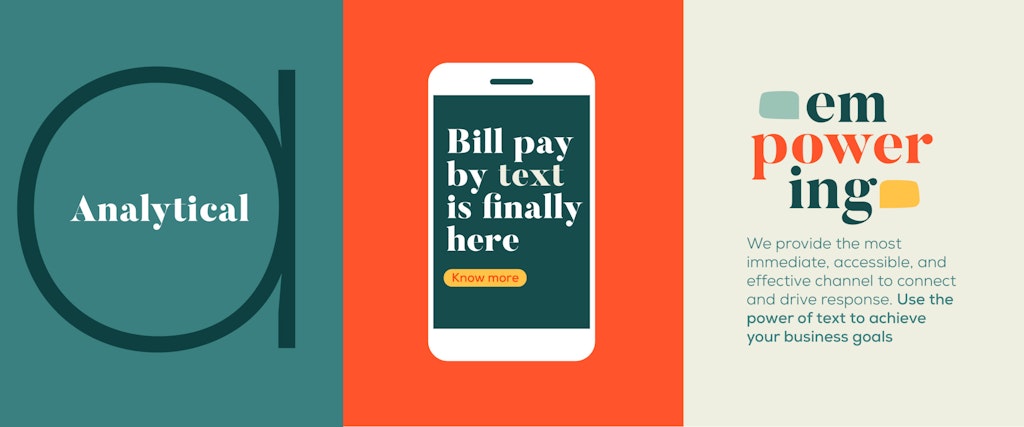
Ensuring the process is rooted in expression attributes
For brand design to exist as a practical scientific approach, the brand must have a foundation to build from when making the most objective decisions possible and continually refining those processes. This is why research and strategy—like your brand’s expression attributes (i.e., three to five words that summarize what your brand means and represents to customers)—are so important.
As a quick exercise, think about the experience you want customers to have when interacting with your brand. Next, think about the first three to five words you want customers to associate with your brand.
Off-the-cuff answers won’t be as sufficient a foundation as one based on extensive customer survey research, statistical analysis, psychographic characteristics and rounds of co-creation, but it provides a decent enough starting point. Next, consider what expression attributes might describe your competitors and the design tools they use (e.g., color, imagery, logos).
The most objective design decisions your brand can make are rooted in your expression attributes and the design opportunities left available or vulnerable by competitors. That’s the foundation for objective brand design decision-making, and it’s a crucial component to making bolder decisions without fear and uncertainty about the activation.
Every design consideration can then be collectively assessed by stakeholders with respect to expression attributes and strategic opportunities to determine the best choices. For example, if your brand counts “energetic” or “exciting” among its expression attributes, then bright and attention-grabbing colors likely provide the best palette. The decision becomes even more straightforward if existing competitors already use some of those colors—if orange is already taken, try highlighter yellow or pink. Either choice will better represent the brand and catch audiences’ attention or resonate with them more than calming shades of blue.
The ideal experience your brand provides customers will serve as your north star for ongoing decisions. Make choices that bring you closer to delivering your ideal customer experience, as well as choices that align with your brand strategy, expression attributes and design opportunities.
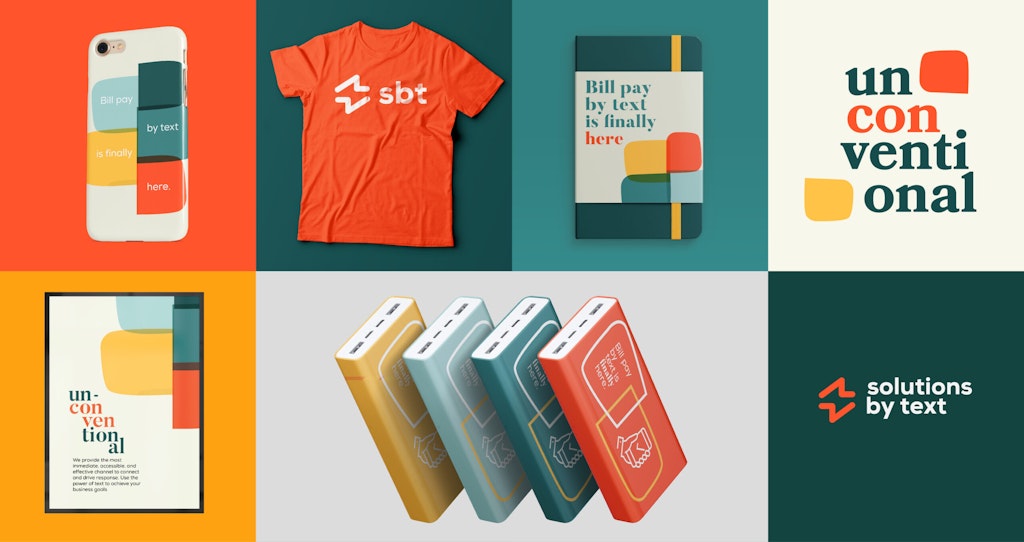
The importance of co-creation
Not every individual will connect with a creative or design decision or respond in the same way. And this is why co-creation is such a crucial part of making bold decisions. If only one person is responsible for determining brand strategy, expression attributes and design tools, they may allow unnoticed personal bias and subjective preference to affect their decisions.
Instead, stakeholders can work together to “filter” their individual biases and subjectivity to best ensure the most objective decision-making possible.
This process starts with “divergent thinking”—where stakeholders individually work to make their best and most objective decisions—before coming together via “convergent thinking” to discuss and justify their choices with respect to brand strategy. Operating as a group aggregates individual work and determines a consensus while enabling stakeholders to see their direct contributions. The hands-on nature of this process and making the most objective decisions with respect to research and strategy will further instill confidence in the final decisions.
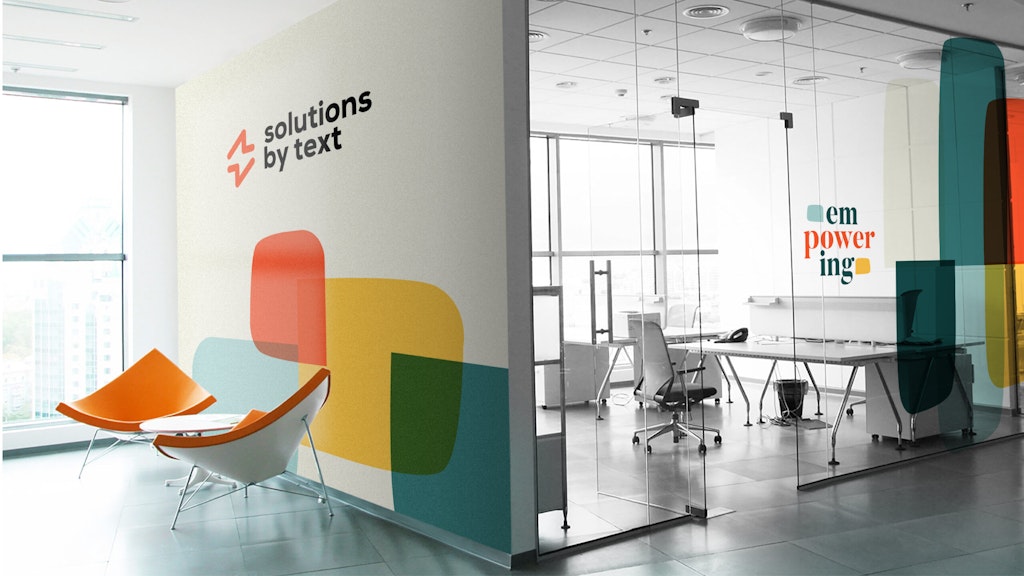
Gathering audience “feedback”
Brands that still experience hesitancy over making bold design decisions might feel that collecting audience feedback from focus groups is important to minimizing risks before an activation. It is, but perhaps not in the way most brands think.
Efforts to solicit target audience feedback before an activation should only seek to confirm that a focus group understands the engagement’s design and messaging. It’s not about whether they like every campaign design element.
If the research and strategy conducted during the initial stages is sound (e.g., mixed methods testing via qualitative and quantitative survey assessments), your brand already holds the evidence that the campaign concepts will strongly resonate with your most important audience demographics. Instead, what’s crucial at this late, pre-activation stage is ensuring the campaign’s design, creative, messaging and other elements are effectively communicated to the audience so that they walk away with the impression or understanding you intend to impart.
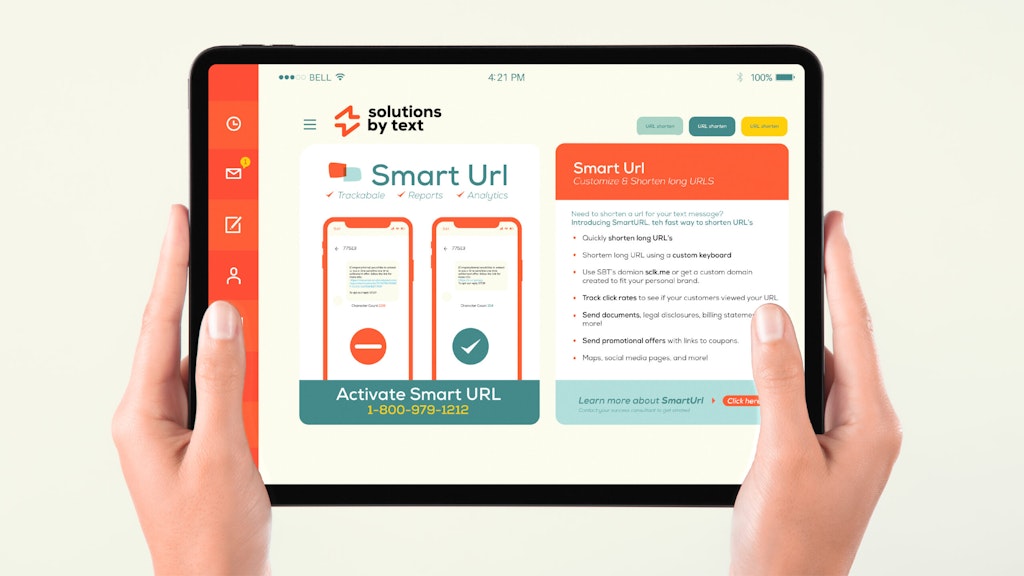
Be bold and make an impact.
Every brand can be bold with its design choices and activations. It’s the risk—or, more specifically, fear and uncertainty in their own processes and decision-making—that holds them back.
However, that risk can be minimized, if not disregarded altogether, when your decision-making process depends on thorough research informing a brand strategy and human-centric approach that accounts for what the brand means and represents (i.e., its expression attributes), along with available and vulnerable design opportunities. And when stakeholders have the chance to directly contribute to the process in a hands-on manner, they can hold greater confidence in how they arrived at their boldest decisions.
